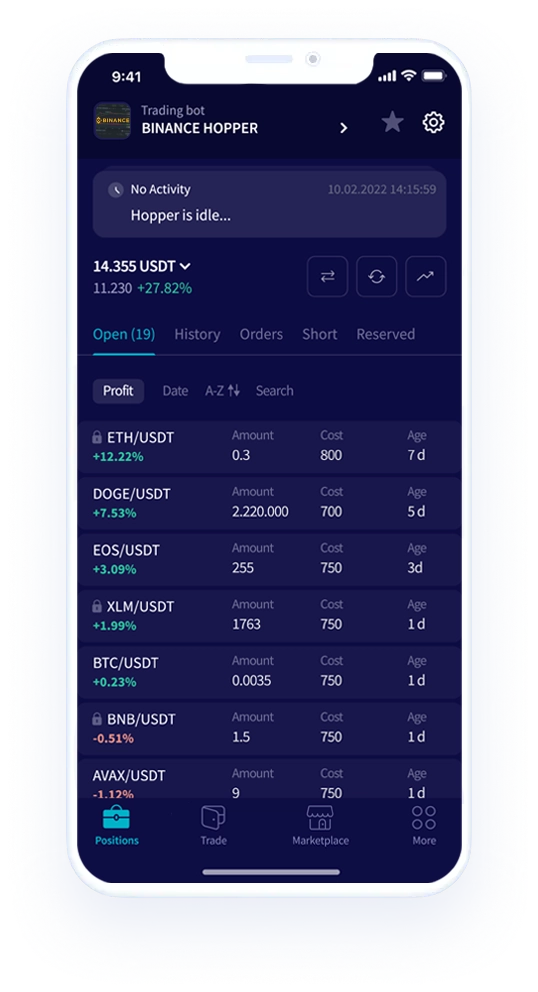Circle's Stablecoin Network: Understanding the Arc Blockchain
Circle introduces Arc, a Layer-1 blockchain exclusively designed for stablecoin-centric financial applications. The network aims to address existing blockchain infrastructure limitations with innovative features like predictable fees and integrated privacy controls.
Arc represents a new Layer-1 blockchain infrastructure created by Circle, the USDC issuer, engineered exclusively for stablecoin-centric financial applications.
TLDR
Arc functions as a blockchain platform developed by USDC issuer Circle, optimized for stablecoin-based applications.
The network utilizes USDC for transaction fees, incorporates integrated FX capabilities, and provides optional privacy features.
Public testing network deployment anticipates completion within the current year, targeting mainnet beta release in 2026.
Circle, the organization responsible for USDC stablecoin operations, has introduced an innovative blockchain infrastructure named Arc. Distinguished from networks including Ethereum or Solana, Arc operates as a Layer-1 system architected exclusively for stablecoin-centered application support.
Stablecoins function as tokens maintaining value parity with fiat currencies like the dollar. Arc embodies Circle's solution addressing infrastructure limitations constraining institutional-scale stablecoin implementation.
"We've helped enterprises and builders use USDC across dozens of networks," Rachel Mayer, VP of Product Management at Circle, communicated to Decrypt. "The consistent feedback has been: make costs predictable, settlement finality deterministic, and privacy compatible with real-world obligations."
This comprehensive analysis examines Arc's functionality, operational mechanics, and Circle's claimed differentiating factors among blockchain platforms.
Motivations Behind Arc Development
Despite years-long crypto market presence, stablecoins including USDT and USDC experienced amplified interest following GENIUS Act passage, legislation President Donald Trump enacted July 2025.
Nevertheless, Circle maintains most current blockchains lacked stablecoin-specific design considerations. Identified limitations Circle emphasizes encompass:
Transaction fee volatility
Probabilistic settlement mechanisms risking chain reorganizations
Absent privacy controls for confidential commercial operations
Dispersed liquidity spanning numerous chains
Circle positions Arc addressing these obstacles through delivering immediate, irreversible transaction finality (deterministic settlement), stable stablecoin-denominated fees, regulatory-compliant optional privacy capabilities, and integrated connections bridging alternative blockchains alongside traditional financial infrastructure.
Arc deployment proceeds through three stages:
Private testing network commenced August 2025
Public testing network anticipated Fall 2025
Mainnet beta deployment targeted 2026
Native USDC Transaction Fees
Implementing USDC, a real-asset-backed digital currency, Circle seeks eliminating volatile token requirements for transaction fee payment. The network additionally accommodates alternative stablecoin gas payments through paymaster architecture.
Circle explains Arc's fee structure expands upon Ethereum's EIP-1559 framework while substituting block-level modifications with weighted network demand moving averages. This smoothing approach maintains minimal, predictable fees. Fee denomination occurs in USDC, directing proceeds toward on-chain Arc Treasury accounts.
"Arc's fast finality and native gas coupled with Circle's CCTP and Gateway interoperability service-as-a-stablecoin liquidity hub, enable USDC to move across the blockchain ecosystem freely," Mayer stated. "So builders and users can be on the networks that fit their needs while still tapping Arc's stablecoin-optimized rails."
This architecture facilitates dollar-denominated, auditable, stable fee mechanisms, which Circle considers superior for financial institutions compared to speculative token economics.
Settlement Finality and Consensus Architecture
Arc's consensus infrastructure employs Malachite, a Byzantine Fault Tolerant (BFT) mechanism derived from Tendermint. Validator participation currently requires permission, determined through operational stability, geographic diversity, and regulatory adherence criteria. Future plans incorporate transitioning toward "permissioned" Proof-of-Stake systems, Circle indicates.
Mitigating manipulation risks, Circle develops instruments including encrypted transaction pools, batch processing capabilities, and multi-proposer consensus protocols, collectively targeting equitable financial application execution.
Institutional Privacy Features
Arc incorporates modular privacy architecture balancing regulatory compliance alongside confidentiality requirements. Initial functionality, confidential transfers, obscures transaction values while preserving address transparency. Smart contracts communicate with cryptographic components through precompiles, employing Trusted Execution Environments (TEEs) enabling private processing.
Institutions selectively reveal information to regulators or auditors utilizing view keys. Progressive development anticipates supporting:
Private state alongside confidential computation
Zero-knowledge proofs (ZKPs)
Multi-party computation (MPC)
Fully homomorphic encryption (FHE)
Circle's infrastructure bridges fiat and USDC throughout Arc and additional blockchains: Mint transforms fiat into Arc-based USDC, CCTP enables USDC transfers through burn-and-mint mechanisms across networks, and Gateway provides chain-neutral USDC balances featuring integrated liquidity optimization for wallets and applications.
"Arc strengthens the broader multichain ecosystem by unlocking new use cases, partners, and institutional liquidity on-chain," Mayer explained. "Builders and users can be on the networks that fit their needs while still tapping Arc's stablecoin-optimized rails."
Market Position Analysis
Arc enters competitive landscapes encompassing public Layer-1 infrastructures including Bitcoin, Ethereum, and Solana; stablecoin-specialized networks like Plasma and Frontier; Layer-2 solutions including Arbitrum and Base; and private or semi-public payment firm networks.
Circle's competitive advantage derives from established market positioning as USDC issuer, among predominant stablecoins.
Through constructing purpose-built infrastructure enabling programmable, compliant financial activities, Arc targets extending stablecoin applications beyond payments toward real-time settlement, asset tokenization, and international capital operations.
"Regulatory clarity is often a catalyst for institutional adoption," Mayer noted, emphasizing Arc's "enterprise-grade" design intentions.

